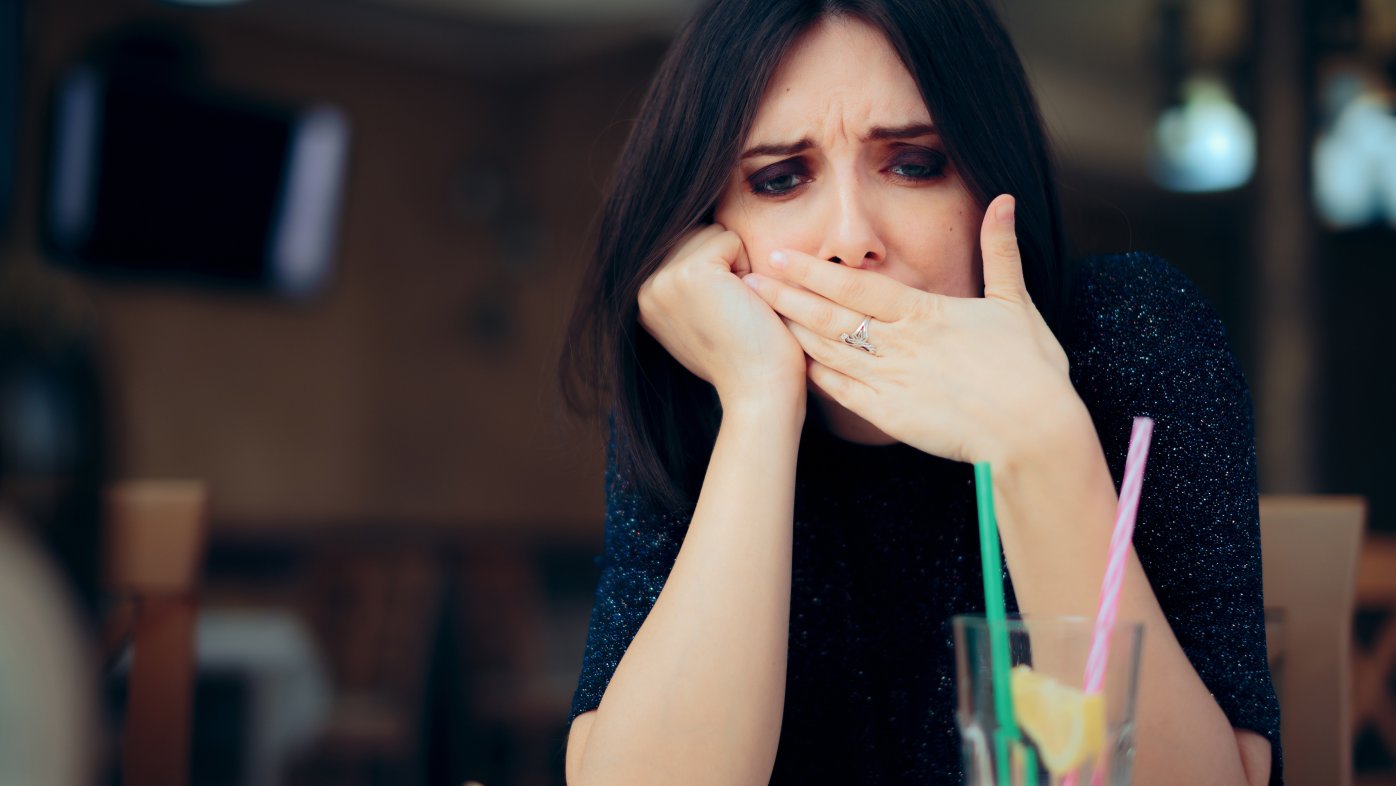Food poisoning may arise from improper handling, handling, and storage of food items. Rice, leafy greens, and meat products are some foods that should be prepared with extra caution as they frequently result in food poisoning.
When people eat food contaminated with dangerous bacteria, parasites, viruses, or toxins, it can lead to food poisoning.
Also known as foodborne illness, it can cause a range of symptoms, most commonly stomach cramps, diarrhea, vomiting, nausea and loss of appetite.Food poisoning is more common in the elderly, young children, pregnant women, and those with long-term medical conditions.
More often than not, food poisoning is caused by certain foods, particularly when they are not properly prepared, cooked, or stored.
Here are the top 9 foods that are most likely to cause food poisoning.
1. Poultry There is a significant chance that raw or undercooked poultry, including chicken, duck, and turkey, will result in food poisoning.
The primary causes of this are two kinds of bacteria that are frequently discovered in the bellies and feathers of these birds: Campylobacter and Salmonella.
During the slaughtering process, these bacteria frequently contaminate fresh poultry meat, and they can persist until cooking destroys them.
In fact, research from the UK, US and Ireland found that 41–84% of raw chicken sold in supermarkets was contaminated with Campylobacter bacteria and 4–5% was contaminated with Salmonella.
The rates of Campylobacter contamination were slightly lower in raw turkey meat, ranging from 14–56%, while the contamination rate for raw duck meat was 36% .
Fortunately, although these dangerous bacteria can survive on raw poultry, cooking meat thoroughly eradicates them.
To lower your risk, make sure that poultry meat is thoroughly cooked, avoid washing raw meat, and keep it away from utensils, counters, cutting boards, and other foods as this can lead to cross-contamination.
2. Vegetables and Leafy Greens
Especially when consumed raw, vegetables and leafy greens are frequently the source of food poisoning.
Indeed, fruits and vegetables—lettuce, spinach, cabbage, celery, and tomatoes in particular—have been linked to several cases of food poisoning.
Bacteria that are harmful to humans, like Salmonella, Listeria, and E. coli, can contaminate vegetables and leafy greens. This can happen at different points in the supply chain.
Fruits and vegetables are grown in soil that may become contaminated due to contaminated runoff and dirty water.
Unsanitary food preparation methods and soiled processing equipment can also be the cause of it. Because leafy greens are frequently eaten raw, they pose a particular risk.
In fact, between 1973 and 2012, 85% of the food poisoning outbreaks in the US that were caused by leafy greens such as cabbage, kale, lettuce and spinach were traced back to food prepared in a restaurant or catering facility.
Always thoroughly wash salad leaves before eating to reduce your risk. Avoid pre-made salads that have been left to sit at room temperature and steer clear of bags of salad mix that have spoiled, mushy leaves in them.
3. Fish and Shellfish
Seafood and shellfish are frequently the cause of food poisoning.
Histamine is a toxin that fish bacteria produce, and it can contaminate fish that has not been stored at the proper temperature.
Histamine is not destroyed by normal cooking temperatures and results in a type of food poisoning known as scombroid poisoning. It causes a range of symptoms including nausea, wheezing and swelling of the face and tongue.
Ciguatera fish poisoning (CFP) is another form of food poisoning brought on by contaminated fish. Ciguatoxin, a toxin primarily present in warm, tropical waters, is the cause of this.
Estimates suggest that between 10,000 and 50,000 persons who visit or reside in tropical regions annually contract CFP. Similar to histamine, it is not eliminated at standard cooking temperatures, so even after cooking, the dangerous toxins remain.
Food poisoning is another possibility associated with shellfish, including clams, mussels, oysters, and scallops. Many toxins are produced by algae that shellfish eat, and these toxins can accumulate in the flesh of the fish, endangering humans who eat the fish.
Shellfish from the store is usually safe to consume. However, because of contamination from sewage, stormwater drains, and septic tanks, shellfish collected in unmonitored areas might be dangerous.
Choose store-bought seafood and make sure to keep it cold and refrigerated before cooking to lower your risk. Verify that the fish is thoroughly cooked, and cook the clams, mussels, and oysters until the shells split open. Discard the shells that remain closed.

